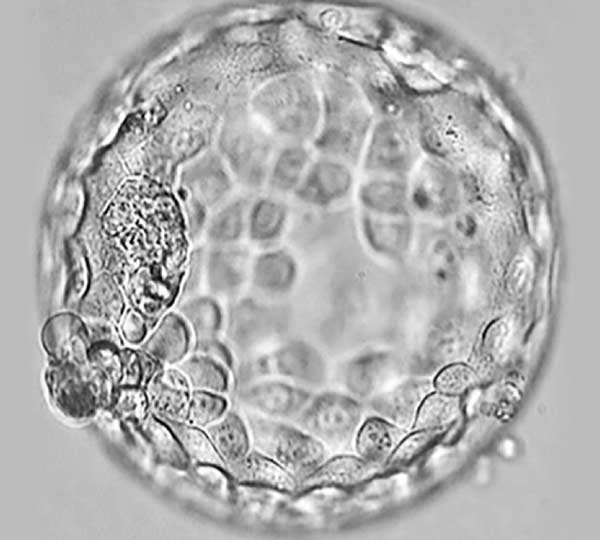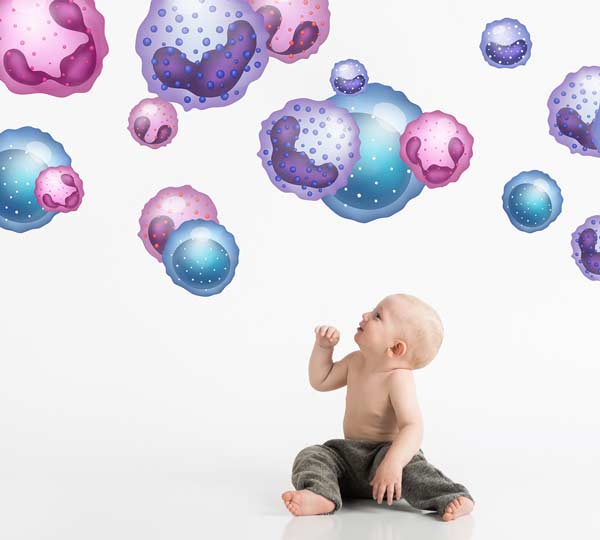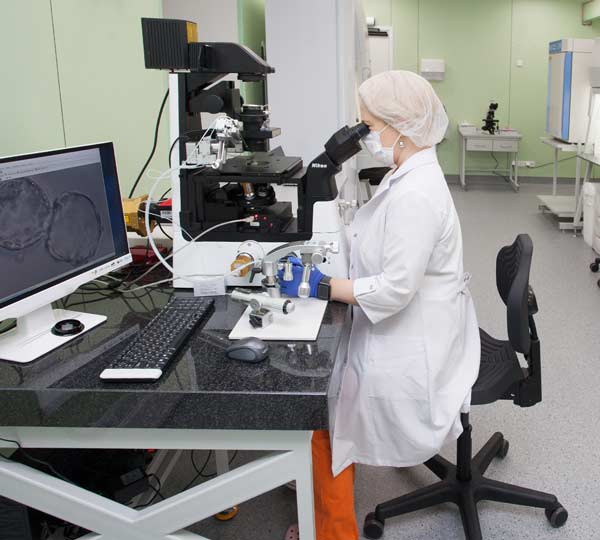The female reproductive system includes two ovaries, two fallopian tubes, the uterus, and the vagina (Fig. 1). The reproductive system is a subtle mechanism implementing a set of repeating physiological changes, i.e. a menstrual cycle. Regular menstrual cycle is vital for the woman’s ability to conceive.
Fig. 1. Female reproductive organs.
- Uterus
- Fallopian Tube
- Uterus Cervix
- External Orifice of Uterus
- Ovary
- Vagina
The primary process of menstrual cycle is maturation of an eg (oocyte) which can be fertilized. At the same time the inner uterus layer (endometrium) is getting prepared for reception of the fertilized oocyte (implantation). The flow of this process is regulated by hormones.
In the beginning of menstrual cycle the glands located in female brain discharge into blood the hormones which stimulate the oocyte maturation in the ovary> and ovulation. These hormones are usually called after their functions, their names coming from Latin or Greek and usually used in abbreviated form.
The menstrual cycle is controlled by hormones produced in the brain.
Gonadotrophin releasing hormone (GRH) plays a key role in hormone regulation of the menstrual cycle. It stimulates the discharge of follicle stimulating hormone (FSH) and luteinizing hormone (LH) by the brain area, called hypophysis. Both hormones influence the ovaries via blood. The conception is possible only if the processes sequence is accurate.












































